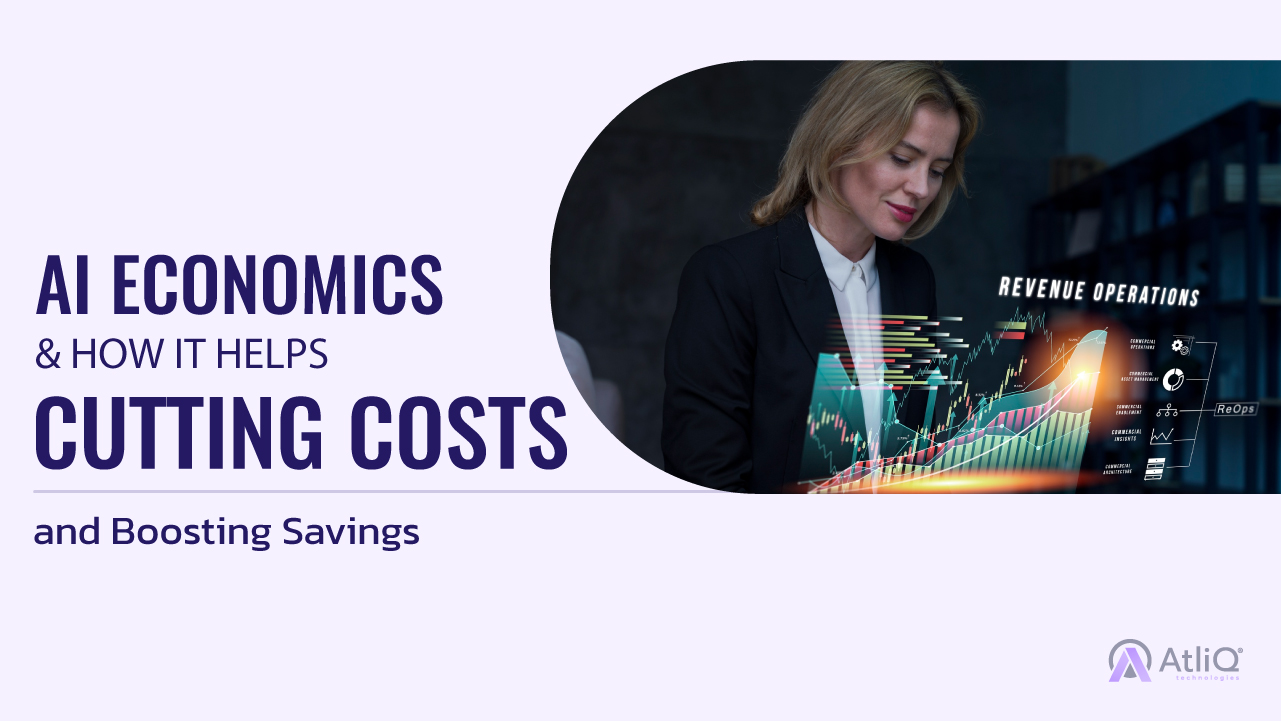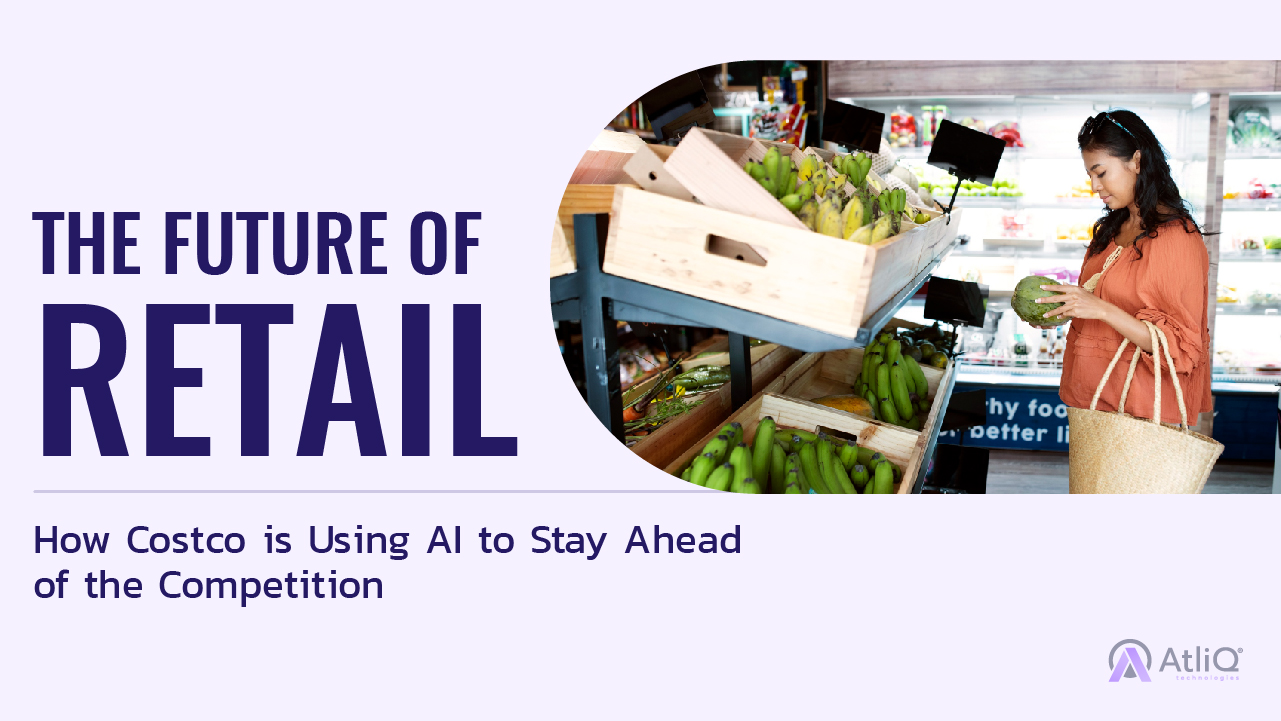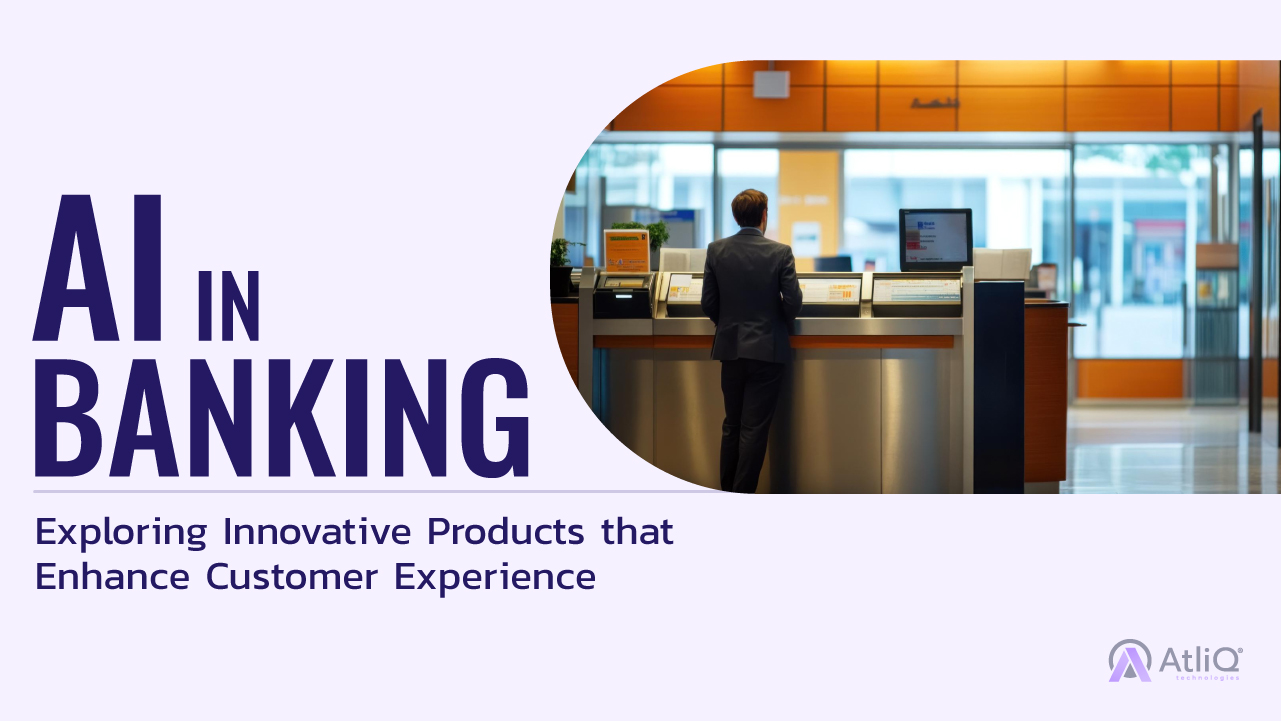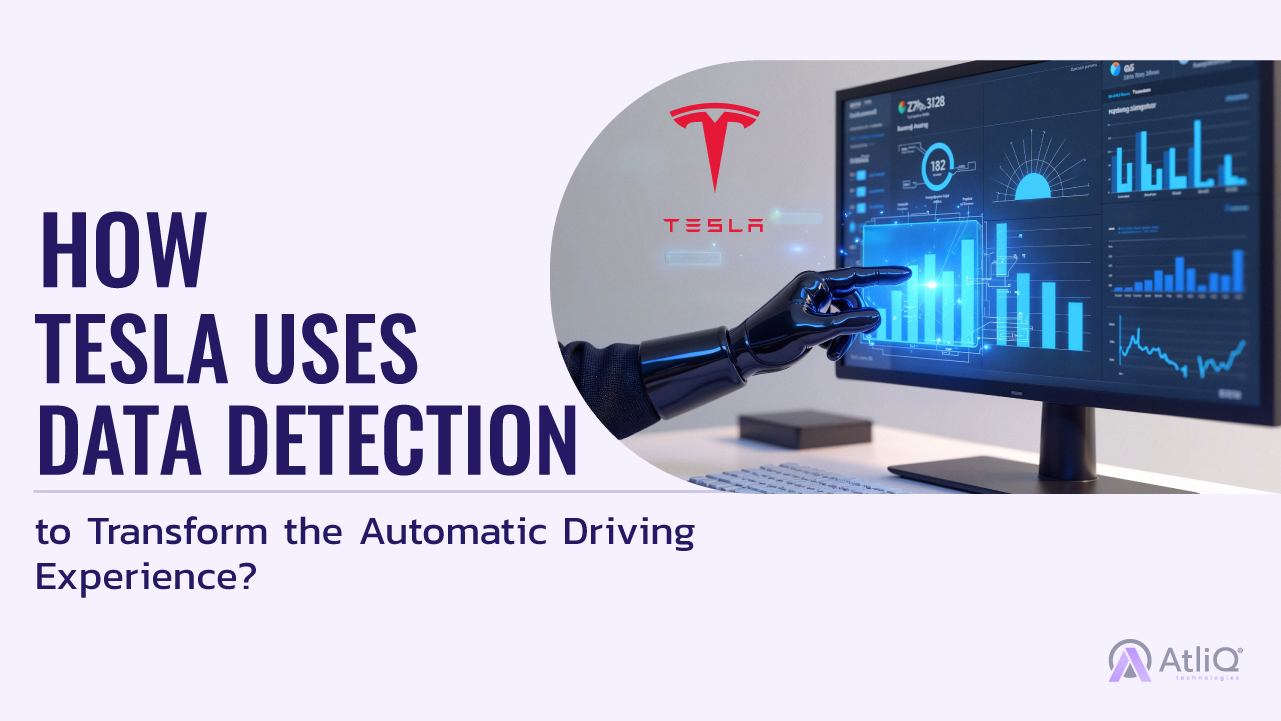
In a fast-paced world, where every penny counts and efficiency is king, there’s a silent revolution underway. It’s not a new gadget or a fancy marketing strategy—it’s artificial intelligence (AI).
Yes, you read that right.
The same AI that’s been making headlines for its futuristic applications in everything from self-driving cars to personalized shopping experiences is quietly becoming the unsung hero of saving money.
Think about it. How many times have you found yourself drowning in mundane tasks that eat up valuable time and resources? Or perhaps you’ve watched as operational inefficiencies drained your company’s budget faster than you could say “cost-cutting measures.” Well, what if I told you that investing in AI could be the game-changer you’ve been searching for?
In this article, we’re diving headfirst into the world of AI-driven cost savings. Buckle up as we explore how this cutting-edge technology isn’t just reshaping industries—it’s reshaping budgets, bottom lines, and the way we think about saving money.
Before heading to the depths of the topic, let’s brush a bit basics- Definition of AI
Artificial Intelligence, or AI, refers to the development of computer systems capable of performing tasks that typically require human intelligence. These tasks can include learning, reasoning, problem-solving, perception, and decision-making. AI systems are designed to mimic human cognitive functions and adapt to new situations without explicit programming.
How Does AI Work?
At its core, AI relies on algorithms and data to simulate human intelligence. Here’s a simplified explanation of how AI works:
- Data Collection: AI systems require vast amounts of data to learn and improve their performance. This data can include text, images, audio, or other types of information relevant to the task at hand.
- Training: Using machine learning techniques, AI models are trained on labeled datasets to recognize patterns and relationships within the data. During training, the model adjusts its parameters to minimize errors and improve accuracy.
- Inference: Once trained, the AI model can make predictions or decisions when presented with new, unseen data. This process is known as inference and is the primary function of AI in real-world applications.
The Benefits of AI Are Numerous and Impact Both Businesses and Individuals:
- Increased Efficiency: AI automation streamlines processes, reduces manual labor, and accelerates tasks that would be time-consuming for humans.
- Improved Accuracy: AI algorithms can analyze large datasets and make decisions with accuracy that surpasses human capabilities, leading to better outcomes in areas like healthcare diagnosis and financial forecasting.
- Cost Savings: By automating repetitive tasks and optimizing processes, AI can reduce business operational costs and help individuals save time and resources.
- Innovation: AI drives innovation by enabling the development of new products and services, from personalized recommendations to self-driving cars, that enhance quality of life and create new growth opportunities.
In summary, AI is a transformative technology with wide-ranging applications and benefits. By understanding how AI works and its potential impact, businesses and individuals can harness its power to drive efficiency, improve decision-making, and unlock new possibilities for the future.
Cost-Saving Opportunities With AI
Time is money in today’s fast-paced world, and nowhere is this more true than in the operations of businesses. Thankfully, automation is a solution provided by AI. By utilizing AI technologies, businesses may increase productivity, cut costs, and streamline repetitive activities.
- Customer Support: Companies like Amazon and Google utilize AI-powered chatbots to handle customer inquiries, resolve common issues, and provide support around the clock. These chatbots can understand natural language, respond to queries in real time, and escalate complex issues to human agents when necessary, all without the need for human intervention.
- Data Entry & Processing: Organizations across industries, from finance to healthcare, rely on AI algorithms to automate data entry and processing tasks. Companies like Zapier and UiPath offer AI-powered automation platforms that can extract data from documents, input it into databases, and perform routine data analysis tasks with minimal human involvement.
- Inventory Management: Retail giants like Walmart and Amazon leverage AI-powered systems to optimize inventory levels, forecast demand, and automate replenishment processes. By analyzing historical sales data, current market trends, and external factors like weather patterns, these systems can ensure that inventory levels are optimized to meet customer demand while minimizing excess stock and associated costs.
Amazon Fulfillment Centers: Amazon has revolutionized e-commerce with AI-driven automation in its fulfillment centers. Using AI-powered robots and conveyor systems, Amazon drastically reduced human labor in tasks like picking, packing, and shipping orders. This move not only saved substantial costs but also boosted operational efficiency and order accuracy.
McDonald’s Self-Service Kiosks: McDonald’s introduced self-service kiosks powered by AI to streamline ordering and cut labor costs. These kiosks allow customers to customize meals and pay electronically, eliminating the need for human cashiers. By automating ordering, McDonald’s freed up staff for other tasks, reduced wait times, and improved order accuracy.
Improved Efficiency and Productivity
In the fiercely competitive business world of today, productivity and efficiency are critical to success. Thankfully, artificial intelligence provides a wide range of ways to optimize workflows and increase productivity. AI-driven improvements in efficiency and productivity are transforming the way businesses operate and saving them money in the process. By automating tasks, optimizing workflows, and personalizing experiences, companies can achieve significant cost savings while delivering superior products and services to their customers.
- Automating Repetitive Tasks: AI excels at automating mundane and repetitive tasks, freeing up valuable time for employees to focus on higher-value activities. Whether it’s data entry, document processing, or customer service inquiries, AI-powered solutions can handle these tasks with speed and precision.
- Optimizing Workflows: AI algorithms analyze vast amounts of data to identify bottlenecks, inefficiencies, and areas for improvement within workflows. By optimizing processes and resource allocation, businesses can streamline operations, reduce waste, and increase throughput.
- Personalizing Experiences: AI-driven personalization tools tailor products, services, and marketing messages to individual preferences and behaviors. By delivering relevant and timely content to customers, businesses can enhance engagement, satisfaction, and ultimately, conversion rates.
Google’s Data Center Cooling System: Google integrated AI into its data centers to enhance energy efficiency. Through continuous monitoring of temperature and airflow patterns, AI algorithms adjusted cooling settings to optimize energy usage while maintaining performance. This innovative approach slashed electricity consumption by 40%, resulting in significant annual cost savings for Google.
FedEx’s Route Optimization: FedEx utilizes AI algorithms to optimize delivery routes and schedules. By considering factors like traffic patterns, package volume, and customer locations, FedEx maximizes fuel efficiency, minimizes transit times, and reduces operational expenses. This data-driven route optimization not only saves money but also improves customer satisfaction through timely deliveries.
Predictive Analytics and Data-Driven Decision-Making
In the era of big data, businesses are inundated with information from various sources. In summary, predictive analytics and data-driven decision-making powered by AI offer significant opportunities for businesses to uncover cost-saving opportunities, improve operational efficiency, and make smarter decisions. By leveraging AI technologies to analyze data effectively, companies can gain valuable insights into their operations, customers, and markets, enabling them to stay competitive in today’s rapidly evolving business landscape.
- Customer Segmentation: AI algorithms can analyze customer data to identify patterns and segment customers based on behavior, preferences, and purchasing habits. By understanding their customer base more effectively, companies can tailor their marketing efforts and product offerings to specific segments, thereby increasing sales and reducing marketing costs.
- Supply Chain Optimization: AI-driven predictive analytics can optimize supply chain operations by forecasting demand, identifying potential bottlenecks, and optimizing inventory levels. By accurately predicting demand fluctuations and supply chain disruptions, companies can minimize excess inventory, reduce stockouts, and streamline logistics, resulting in significant cost savings.
- Energy Efficiency: AI-powered analytics can monitor and analyze energy consumption data in real time to identify inefficiencies and optimize energy usage. By identifying energy-intensive processes and implementing energy-saving measures, companies can reduce their energy costs and minimize their environmental impact.
Netflix’s Personalized Recommendations: Netflix utilizes AI algorithms to analyze viewer data and make personalized content recommendations. By understanding the viewing preferences of individual users, Netflix can recommend relevant content, thereby increasing user engagement and retention while minimizing content acquisition costs.
UPS’s Delivery Rerouting: UPS employs AI-powered predictive analytics to optimize its package delivery routes. By analyzing factors such as traffic patterns, weather conditions, and package volume, UPS can dynamically reroute delivery vehicles to minimize fuel consumption, reduce delivery times, and lower operating costs.
AI-Powered Solutions for Cost Savings
Artificial Intelligence (AI) is not just a buzzword; it’s a game-changer when it comes to driving cost savings across various sectors. From enhancing customer service to optimizing supply chain management and revolutionizing finance and investment, AI offers innovative solutions that drive efficiency and reduce expenses.
- AI in Customer Service & Support: In the realm of customer service, AI-powered chatbots and virtual assistants have emerged as valuable tools for reducing support costs. Major companies such as Bank of America and H&M have integrated chatbots into their customer service operations, enabling instant responses to inquiries and efficient resolution of issues. These chatbots automate routine tasks, minimizing the need for human intervention and subsequently reducing support costs. Moreover, AI facilitates personalization, enabling businesses to tailor customer experiences based on individual preferences and behaviors. This personalized approach, exemplified by companies like Netflix and Amazon, fosters increased customer retention and loyalty, ultimately contributing to long-term cost savings.
- AI-Driven Supply Chain Management: In supply chain management, AI plays a pivotal role in optimizing inventory levels and minimizing carrying costs. Retail giants like Walmart and Amazon leverage AI algorithms to forecast demand accurately, thereby reducing excess inventory and streamlining replenishment processes. By analyzing historical sales data, market trends, and external factors, AI enables proactive decision-making that minimizes inventory-related expenses. Additionally, predictive maintenance powered by AI helps mitigate downtime and repair costs in manufacturing. Companies such as General Electric and Siemens use AI to monitor equipment health in real-time, allowing for preemptive maintenance interventions that prevent costly disruptions and extend equipment lifespan.
- AI in Finance and Investment: The finance industry benefits significantly from AI-driven solutions, particularly in reducing transaction costs and optimizing investment strategies. Automated trading algorithms, employed by firms like Citadel Securities and Jane Street, leverage AI to execute trades swiftly and efficiently, thereby reducing transaction costs and capturing arbitrage opportunities. Similarly, AI-driven investment strategies, embraced by asset management firms such as BlackRock and Vanguard, utilize machine learning to analyze market data and identify high-potential investment opportunities. These AI-powered approaches enhance portfolio performance while minimizing fees, providing investors with cost-effective and tailored investment solutions.
As we’ve explored the myriad ways in which AI is revolutionizing cost savings across industries, it’s clear that businesses and individuals alike stand to benefit from embracing AI-powered solutions. Here’s how you can take action:
For Businesses:
- Assess Needs: Identify areas where AI could drive cost savings.
- Research Providers: Find reputable AI providers tailored to your needs.
- Start Small: Begin with pilot projects and scale up.
- Invest in Training: Equip your team with AI skills.
- Monitor and Adapt: Continuously evaluate AI performance.
For Individuals:
- Stay Informed: Keep up with AI developments.
- Explore Tools: Use AI-driven apps and devices.
- Experiment: Try different AI solutions.
- Share Knowledge: Spread awareness among peers.
- Provide Feedback: Help improve AI products and services.
In conclusion, the time to explore AI opportunities for saving money is now. Whether you’re a business looking to streamline operations or an individual seeking to optimize your finances, AI has the potential to transform the way you work, live, and save. Take action today to unlock the full potential of AI and reap the benefits of cost savings in your endeavors.


